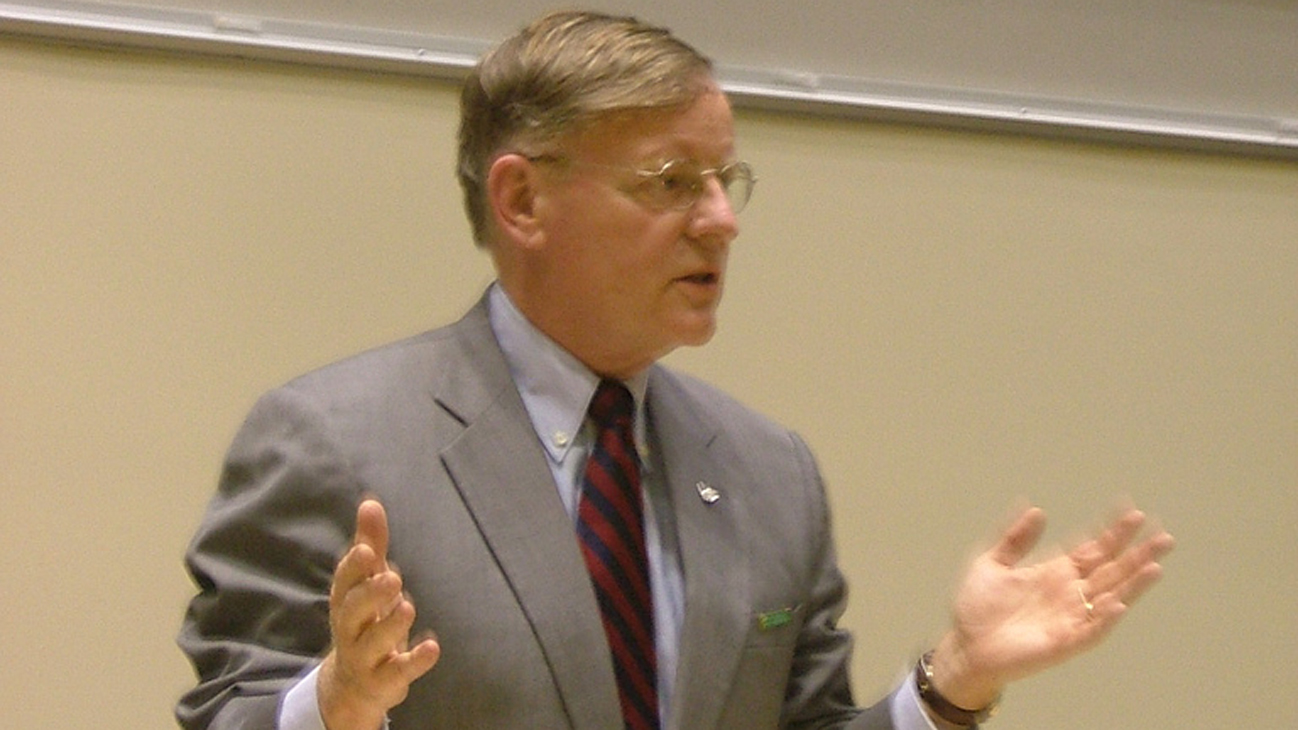Two trends have snuck up on us – slower long-term economic growth and an aging society. Together, they will stress public finances and force harder decisions for governments, regardless of political stripe. They will put squarely before society the options of higher taxes and/or fewer government services, options no politician or electorate welcomes.
This week, the Bank of Canada published economic growth estimates. The bank said economic growth in 2012, when all is accounted for, will be 1.9 per cent, followed by 2 per cent in 2013 and 2.7 per cent in 2014. If correct (and predictions are usually proven at least slightly wrong), that would mean an average growth rate of 2.2 per cent over these three years.Look back over the 19 years leading to 2011. According to the World Bank’s numbers, Canada’s economy grew at more than 2.2 per cent in 13 of those years, grew at less five of those years, and at the 2.2 per cent rate once. On average, the Canadian economy grew closer to 3 per cent than 2 per cent over that period of almost two decades.
Per year, the difference between 2 and 3 per cent growth doesn’t seem like much. Add it up, year after year, and the gap is telling. More important, most of the long-term forecasting suggests that for the rest of this decade, growth will be slower than what we knew before the financial recession of 2008.
The effects of slower growth will be twofold. First, government revenues will grow less rapidly than before, assuming no changes in tax rates. Second, some government expenditures will increase with slower growth, especially since slower growth means stubbornly high unemployment. The double-whammy will pinch government budgets, which are already strained by deficits, except in Saskatchewan.
Then, there is the aging population with fewer people in the work force to earn income for governments to tax to produce revenues for the additional costs of an aging society. The baby-boomer generation began to retire two years ago, the harbinger of what will be a lopsided population profile.
Today, about 14 per cent of the population is over 65 years of age. It is estimated that in two decades, almost 25 per cent will be seniors. The ratio of those working to those out of the work force will change slowly but dramatically over time.
Unless Canadians work much smarter and unless the Canadian economy becomes much more productive – both of which require, at a minimum, more investments in education and research (and reducing poverty, which is a drag on economic performance) – then aging will be a long-term drag on growth.
Health-care spending for seniors, for example, will rise because there will be more of them. The best estimates suggest only an increase of 1 per cent in overall health-care spending, but that would be something of the order of $1.4-billion per year in today’s dollars. Any ideas where that money might be found? Higher taxes? Reductions in spending elsewhere? Both.
The extra spending is only one part of the equation. The other part is that fewer people will be in the work force to tax to pay for the higher costs. Call it an unfunded future liability.
Political people are elected for four years. These trends, however, stretch far beyond one term in office. Finding political people who will explain these trends, and finding voters willing to listen to complicated explanations in a dumbed-down media world, will be supremely challenging.
Maybe the long-term growth projections are too pessimistic. Maybe startling technological breakthroughs will transform economic life. Maybe governments can reinvent how they deliver services, so that Baumol’s cost disease – that public-sector wage gains outstrip productivity over time – will be proven wrong.
Maybe Canadians can be persuaded that they should pay a larger share of their incomes in taxes, and stop dreaming that hard decisions can be avoided by the magic potion of “efficiency gains.” Maybe the United States, on whose economic strength Canada depends, will recover its esprit.
But for now, it would appear that the already hard challenges of governing will become even harder in an age of constrained resources.
From The Globe and Mail: January 26, 2013

